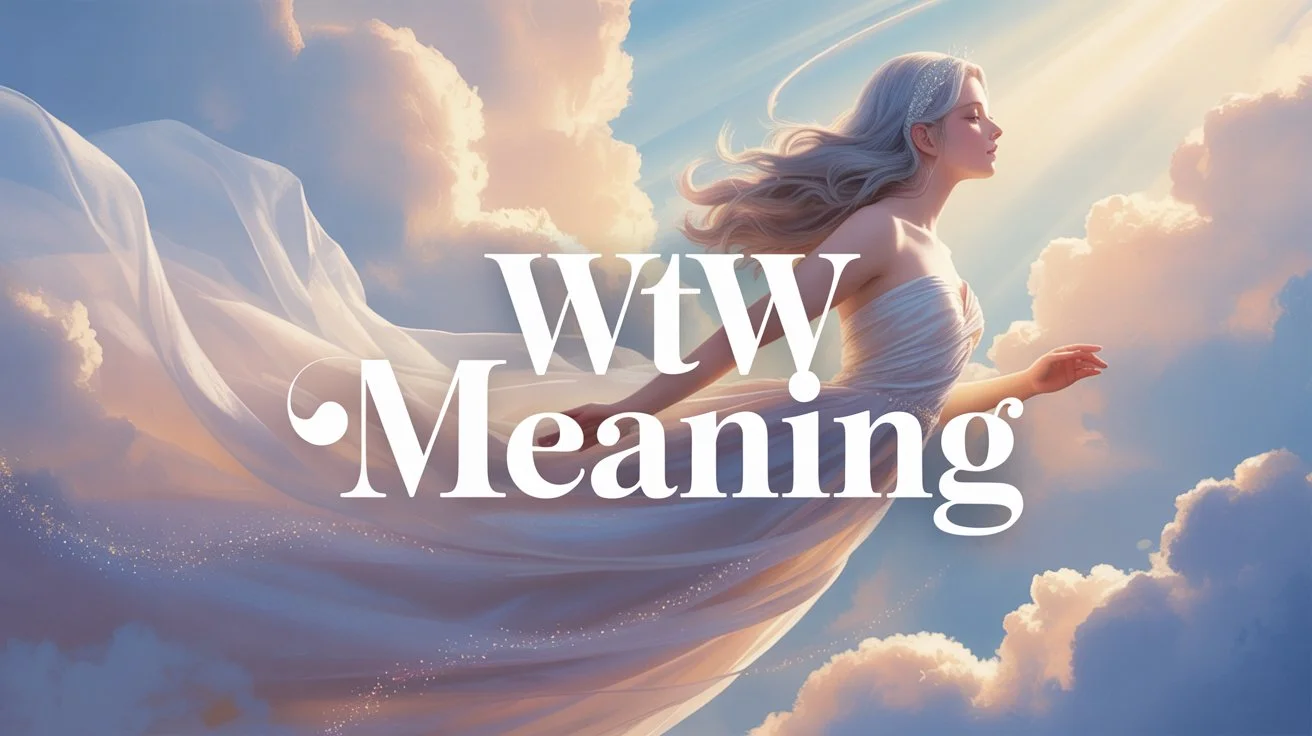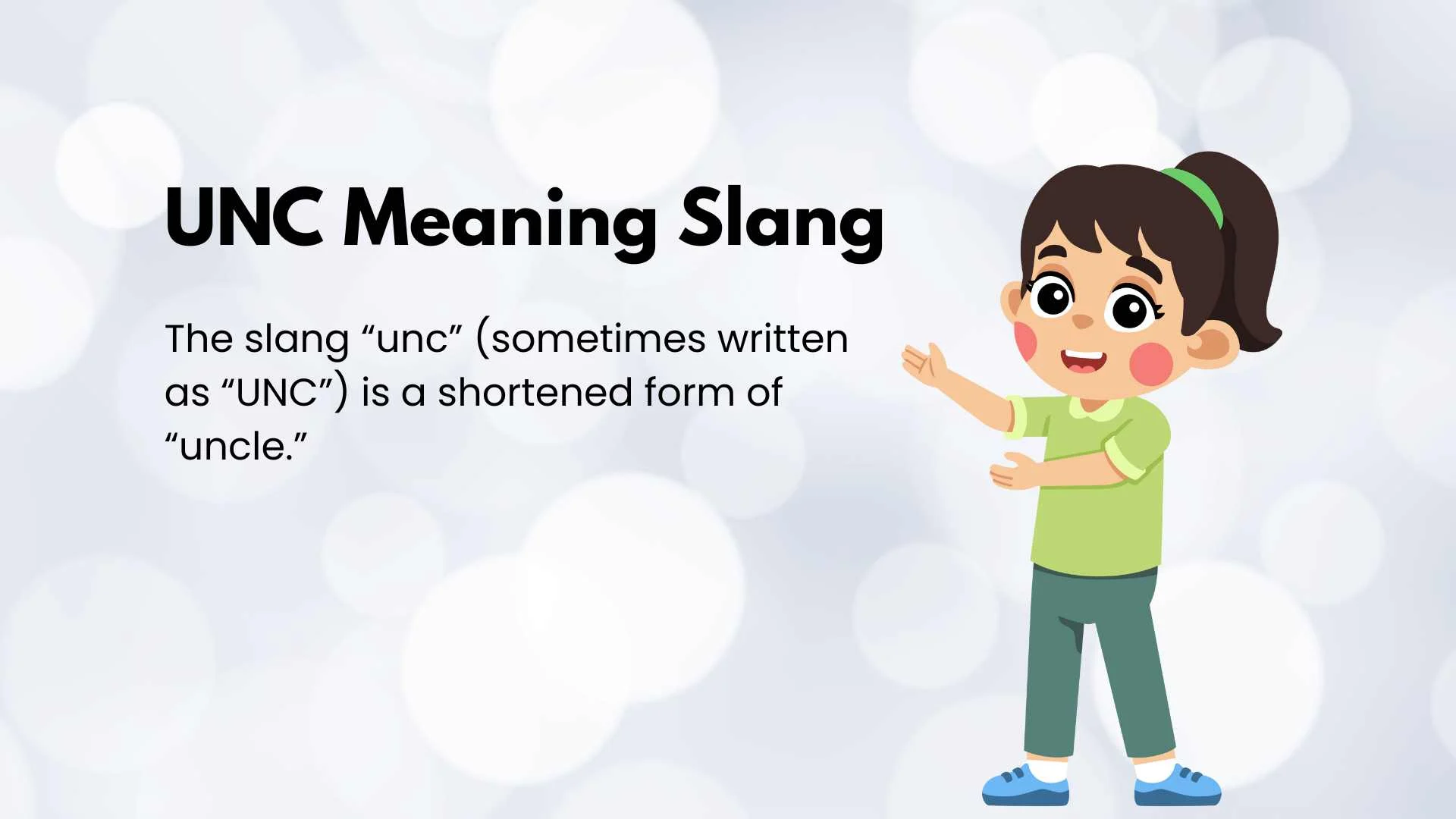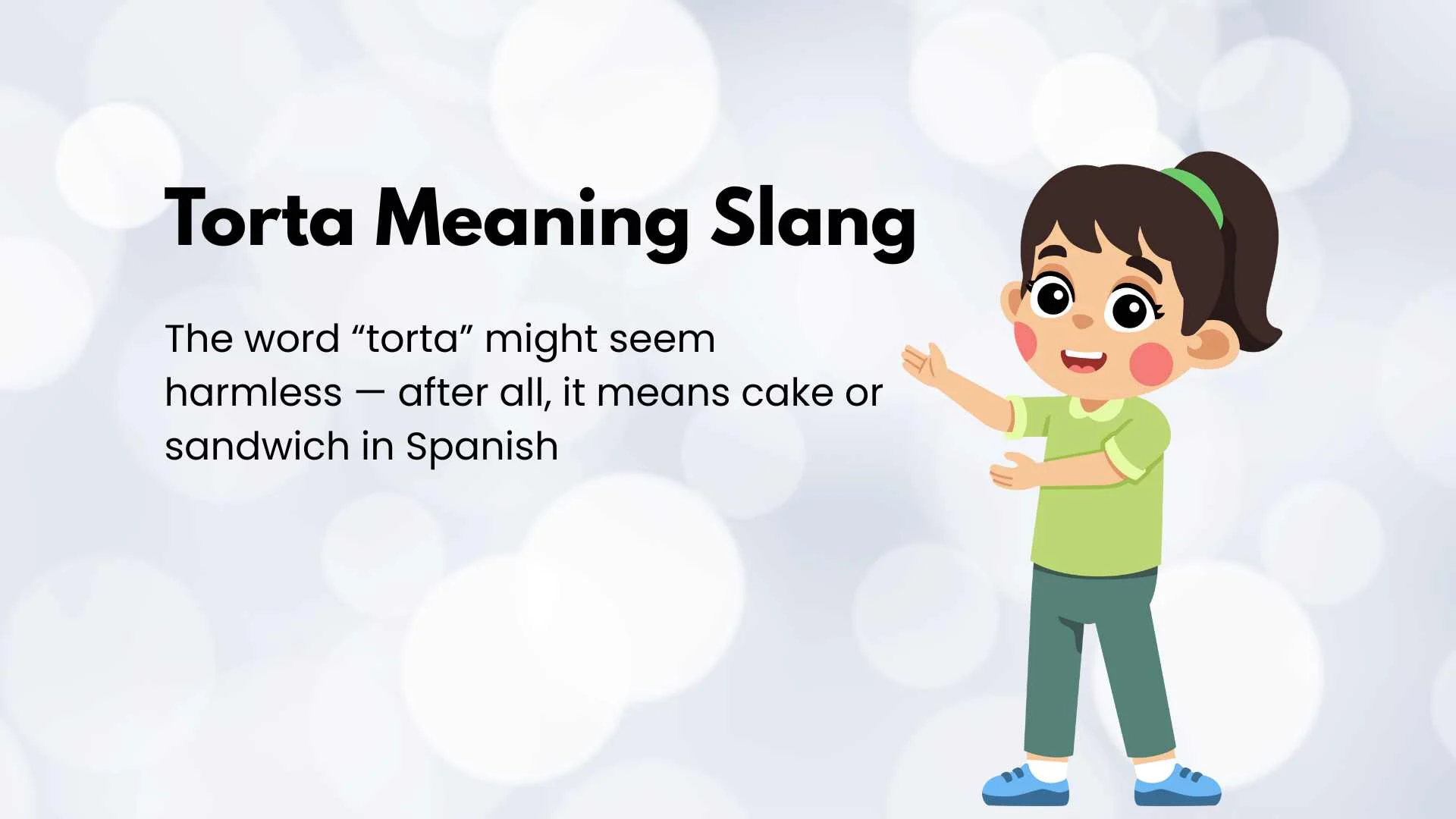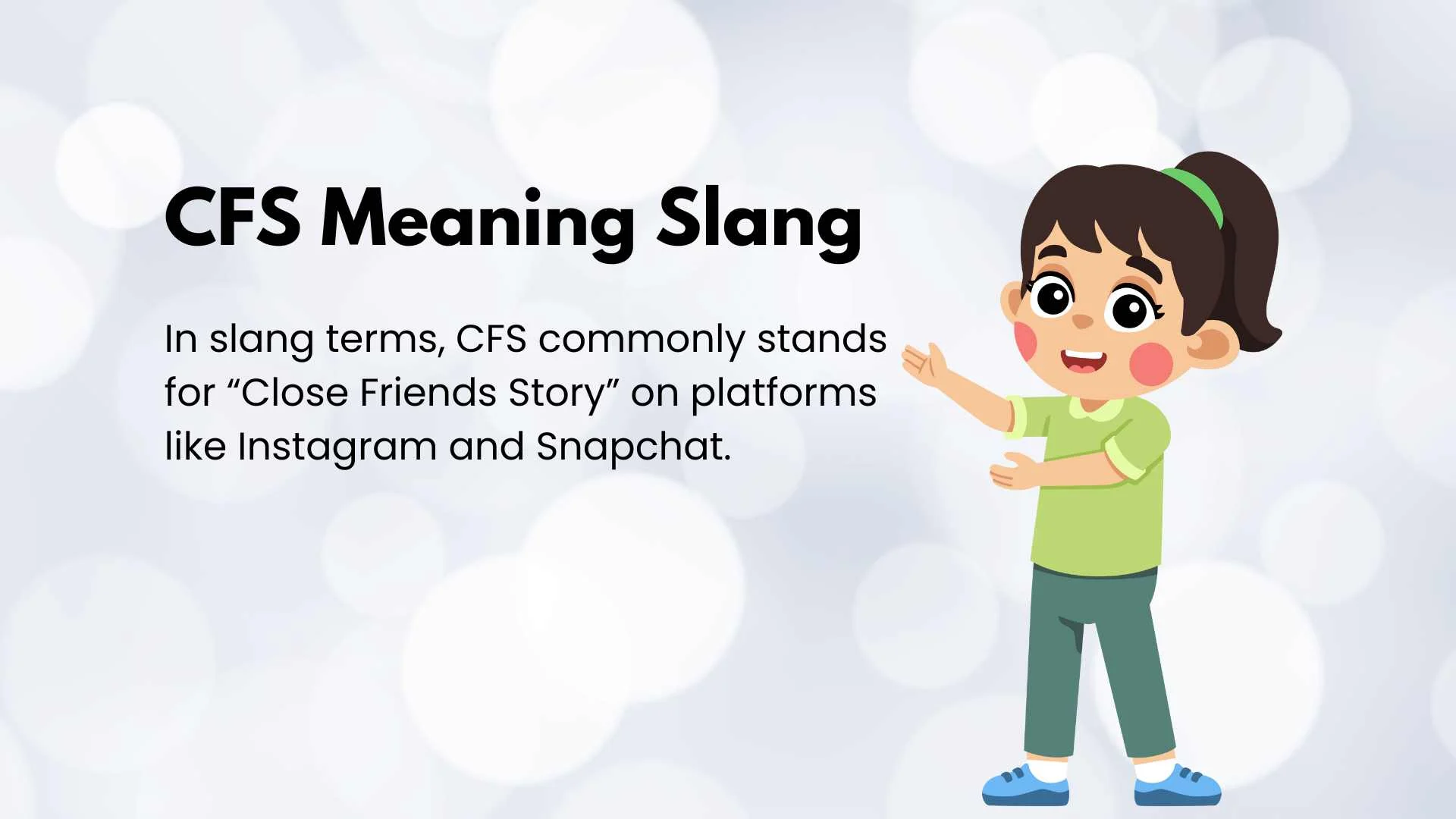In today’s fast-paced digital world, acronyms have become the lifeblood of online communication. One abbreviation that keeps popping up across texts, DMs, and social media platforms is WTW.
Rizz Line Generator
If you’ve ever received a message reading “WTW?” and paused to wonder what it means, you’re not alone. This guide dives deep into the WTW meaning, its various interpretations, proper WTW usage, and how to respond effectively in different contexts.
Understanding WTW
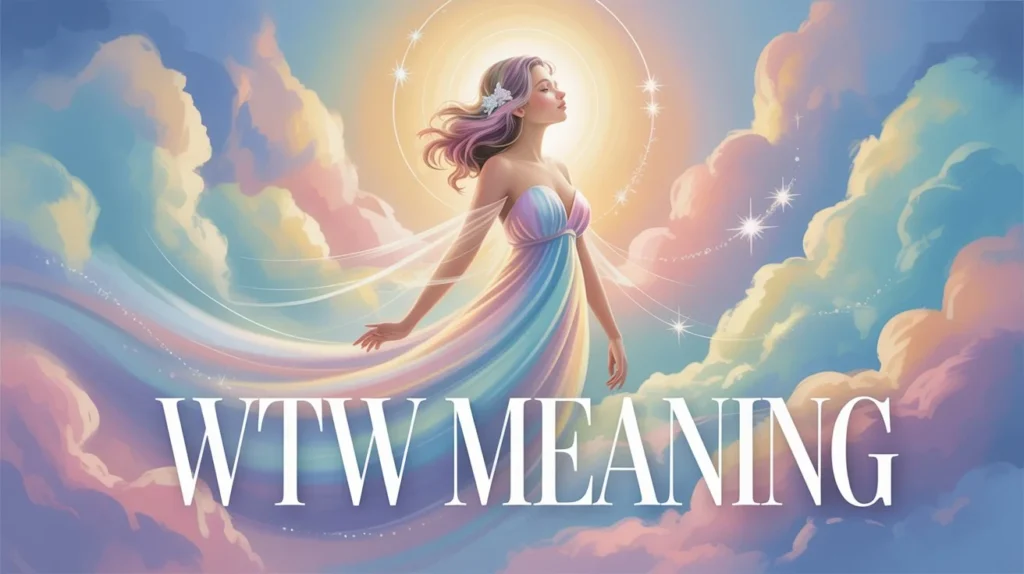
The acronym WTW stands for several phrases depending on the conversation context. Its most common meanings include:
- What’s the Word? – A casual way to ask someone for updates or news.
- What’s the Wave? – Slang often used among teens and young adults to inquire about trends, happenings, or moods.
- Worth the Wait – Used to express appreciation for patience or delayed gratification.
- Walk the Walk – Motivational, referring to someone following through on their promises or actions.
- Welcome to Work – Typically used in professional or humorous workplace chats.
- What to Watch – Used in entertainment-focused conversations to ask for recommendations on shows, movies, or content.
The WTW acronym is highly context-dependent, and its meaning can shift depending on the platform and the tone of the conversation. For instance, in casual texting, “WTW” often implies a friendly check-in, while in professional settings, it might carry a more humorous or motivational undertone.
WTW Usage in Texting
Text messaging is where WTW texting thrives. Teenagers and young adults frequently use it as a casual greeting or conversation starter. It’s concise, friendly, and instantly recognizable among peers.
Examples of WTW in Texting
- “Hey! WTW tonight?” – Asking what someone is doing or planning.
- “WTW? Wanna grab lunch?” – Initiating a meet-up.
- “Long time no chat! WTW?” – Checking in casually with a friend.
Tips for WTW texting:
- Use WTW only in informal conversations.
- Pair with emojis to set the tone: “WTW 😎” feels light and playful.
- Keep it short and friendly; overexplaining defeats the purpose of a texting acronym.
WTW on Social Media Platforms
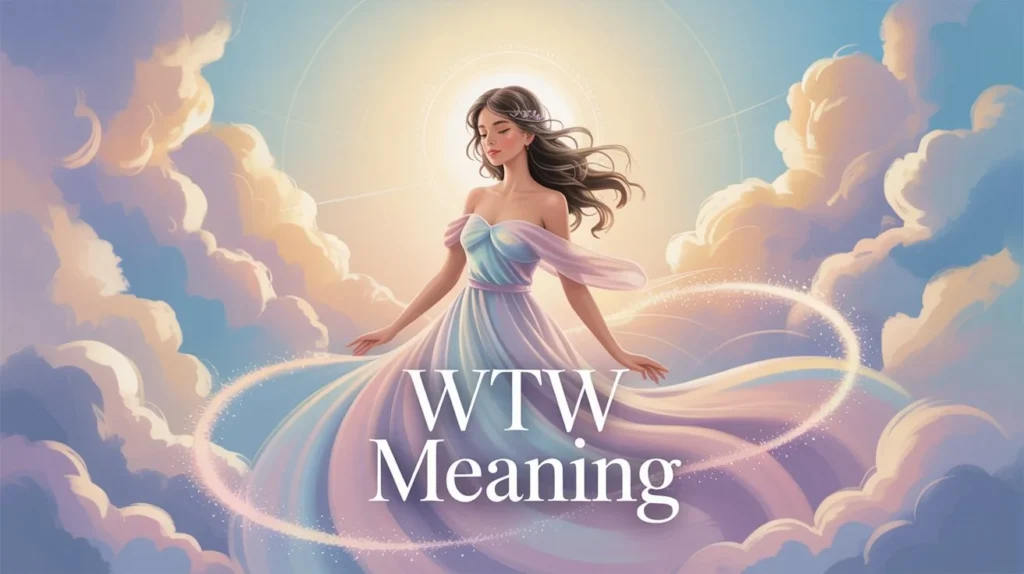
WTW social media use is widespread on platforms like Snapchat, Instagram, and TikTok. It appears in direct messages, captions, and even comment sections as a conversation starter online.
Platform-Specific Uses
| Platform | Example Usage | Context |
|---|---|---|
| Snapchat | “WTW tonight? 👀” | DM to a friend asking about plans |
| “WTW? Check out this new post!” | Comment or caption for social engagement | |
| TikTok | “Anyone else feeling this vibe? WTW?” | Trend inquiry, asking for community input |
Using WTW on Snapchat or Instagram helps foster social media engagement and keeps interactions casual and friendly. On TikTok, it often doubles as a trend inquiry, akin to asking, “What’s going on in this community right now?”
Alternative Meanings of WTW
While “What’s the Word?” and “What’s the Wave?” are the most popular interpretations, WTW alternatives exist for specific contexts:
- Worth the Wait Meaning – Expresses gratitude or admiration when patience has paid off.
- Example: “Finally got the new game. Totally WTW!”
- Walk the Walk Meaning – A motivational phrase highlighting action over words.
- Example: “You said you’d help and you did. Truly WTW!”
- Welcome to Work Acronym – Used humorously in professional chats.
- Example: “Late to the meeting? WTW!”
- What to Watch Acronym – Requests entertainment recommendations.
- Example: “Spree-watching this weekend, any ideas on WTW?”
Each variation carries its own tone, so understanding the conversation context is essential for proper interpretation.
How to Respond to WTW
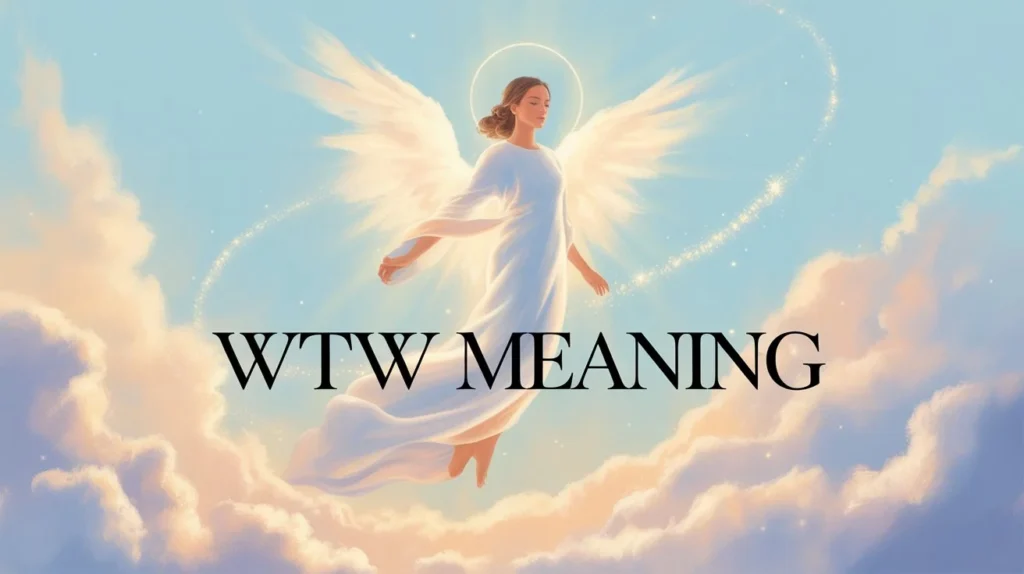
Knowing how to respond to WTW can make digital interactions smoother and more natural. Responses vary depending on the intended meaning and tone.
Casual Replies
- “Not much, you?”
- “Just chilling, WTW on your end?”
- “Heading out, wanna join?”
Tips for Responding
- Match the tone: If WTW texting is playful, respond with similar energy.
- Keep it short: Acronyms work best in concise replies.
- Ask back: Encourage conversation by returning the question.
Using conversation starters online like this ensures your digital interactions remain engaging and friendly.
WTW Alternatives for Digital Communication
Sometimes, WTW alternatives are more appropriate, especially if you want variation or your recipient might not understand the acronym. Popular alternatives include:
- WYD – “What You Doing?”
- Sup – “What’s Up?”
- HRU – “How Are You?”
- What’s New?
- Any Plans?
- What’s Happening?
- How’s It Going?
- What’s Good?
- What’s Poppin’?
- What’s the Scoop?
- What’s Crackin’?
Choosing the Right Alternative
- Use open-ended inquiries like “What’s New?” for meaningful conversations.
- Opt for trendy slang like “What’s Poppin’?” among younger demographics.
- Stick with friendly greetings like “Sup” for casual check-ins.
Tips for Using WTW Correctly
While WTW texting is versatile, following a few guidelines ensures it’s used appropriately:
- Context is key: Avoid using WTW in professional or formal emails.
- Tone matters: Add emojis or punctuation to convey friendliness.
- Demographic awareness: Teens and young adults dominate its usage; older audiences may not recognize it.
- Stay updated: Language evolves quickly; meanings may shift over time.
Pro Tip: Pairing WTW social media use with a direct question or emoji increases engagement.
Common Mistakes with WTW
Even familiar acronyms can be misused. Avoid these pitfalls:
- Misinterpreting meaning: Assuming it always means “What’s the Word?” can lead to confusion.
- Using in formal contexts: Professional emails or LinkedIn messages are not the place for WTW.
- Overusing acronyms: Sending multiple abbreviations in one message can overwhelm the reader.
- Ignoring platform norms: WTW is casual, so posting it on formal social media content can feel out of place.
Fun Examples of WTW in Real Conversations
Seeing WTW texting in action helps solidify its usage.
Example 1:
- Friend 1: “WTW tonight?”
- Friend 2: “Not much, just Netflix. You?”
- Friend 1: “Cool, maybe grab dinner first?”
Example 2 (Social Media):
- TikTok comment: “New trend alert! WTW in this challenge?”
- Reply: “All eyes on this one 😎 totally WTW!”
Example 3 (Alternative Meaning):
- Chat about a new gadget: “Finally got the headphones I wanted. Totally WTW.”
- Response: “I told you they were worth the wait!”
These examples show how context shapes meaning and how versatile WTW can be in digital communication.
Conclusion
WTW meaning has become a staple in teen texting language, young adult online communication, and social media engagement. Whether it’s asking “What’s the wave?”, appreciating something “worth the wait”, or simply checking in with “What’s the word?”, knowing how to interpret and respond to WTW keeps your conversations smooth and relatable.
Remember, the key to WTW usage is understanding context, tone, and audience. Combine it with friendly greetings, emojis, and appropriate alternatives like WYD, Sup, or HRU, and you’ll never struggle with conversation starters online again.
Next time you see WTW on Snapchat, Instagram, or TikTok, you’ll know exactly how to respond and keep the chat flowing naturally.
Key Takeaways Table:
| Term / Acronym | Meaning / Usage | When to Use |
|---|---|---|
| WTW | “What’s the Word?”, “What’s the Wave?”… | Casual texts, DMs, social media |
| WYD | “What You Doing?” | Casual check-ins, conversation starters |
| Sup | “What’s Up?” | Friendly greetings, informal conversations |
| HRU | “How Are You?” | Quick status checks, peer chats |
| Worth the Wait | Appreciation for patience | Complimenting, delayed gratification |
| Walk the Walk | Following through on promises/actions | Motivational, peer encouragement |
| Welcome to Work | Workplace humor | Professional chats, joking around |
| What to Watch | Entertainment suggestions | Recommendations for movies/TV content |

